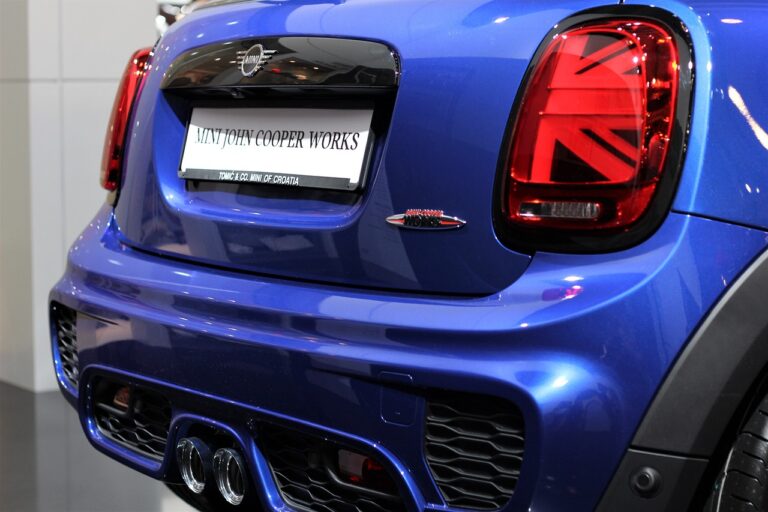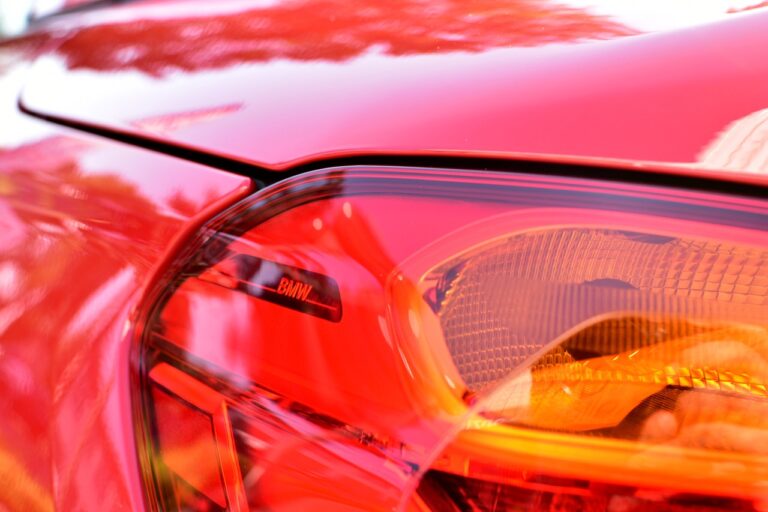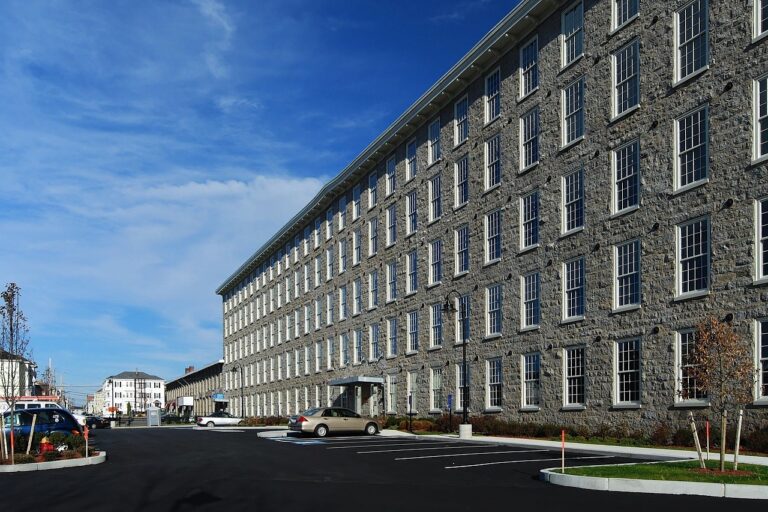The Psychology of Car Mirror Design: Safety, Visibility, and Aesthetic Preferences
Car mirrors play a crucial role in ensuring the safety of drivers on the road. Properly designed mirrors provide drivers with essential visibility of their surroundings, helping to minimize blind spots and enabling them to make safe lane changes. The design of car mirrors is not only about aesthetics, but equally about enhancing safety by offering a clear view of the traffic behind and beside the vehicle.
When it comes to car mirror design, factors such as size, shape, and placement are significant considerations to ensure optimal visibility for the driver. Poorly designed mirrors can obstruct the driver’s view or distort the perception of distances, potentially leading to accidents. Manufacturers must prioritize safety in the design of car mirrors to ensure that they serve their primary purpose effectively – enhancing driver visibility and ultimately contributing to road safety.
Factors Influencing Visibility in Car Mirrors
Visibility in car mirrors is crucial for ensuring safe driving practices on the road. One of the key factors that influence visibility is the size of the mirror itself. Larger mirrors provide a wider field of view, allowing drivers to see more of the surrounding traffic and environment. Conversely, smaller mirrors may limit visibility and increase blind spots, potentially leading to hazardous situations on the road.
Another factor that impacts visibility in car mirrors is the positioning of the mirrors. Properly adjusted mirrors can help eliminate blind spots and improve the driver’s overall field of vision. It is essential for drivers to regularly check and adjust their mirrors to ensure optimal visibility while on the road. Additionally, the angle at which the mirrors are set plays a significant role in enhancing visibility, as it determines the range of view provided by the mirrors. By paying attention to these factors, drivers can maximize their visibility and enhance safety during their journeys.
The Impact of Aesthetics on Car Mirror Design
In the realm of automotive design, aesthetics play a crucial role in shaping the appearance of every part of a vehicle. Car mirrors, while primarily functional in nature, are also significant elements that contribute to the overall look and feel of a car. Manufacturers carefully consider the design of mirrors to ensure they not only serve their primary purpose but also enhance the visual appeal of the vehicle.
The aesthetics of car mirrors encompass various aspects, such as shape, size, color, and the overall integration of the mirrors into the vehicle’s design. Sleek, aerodynamic mirror shapes can lend a modern and dynamic appearance to a car, while larger mirrors may convey a sense of robustness and safety. The color and finish of mirrors are also important considerations, as they should complement the vehicle’s exterior color and trim to create a cohesive and harmonious look. By carefully balancing aesthetics with functionality, car manufacturers strive to create mirrors that are both visually pleasing and practical for everyday use.





